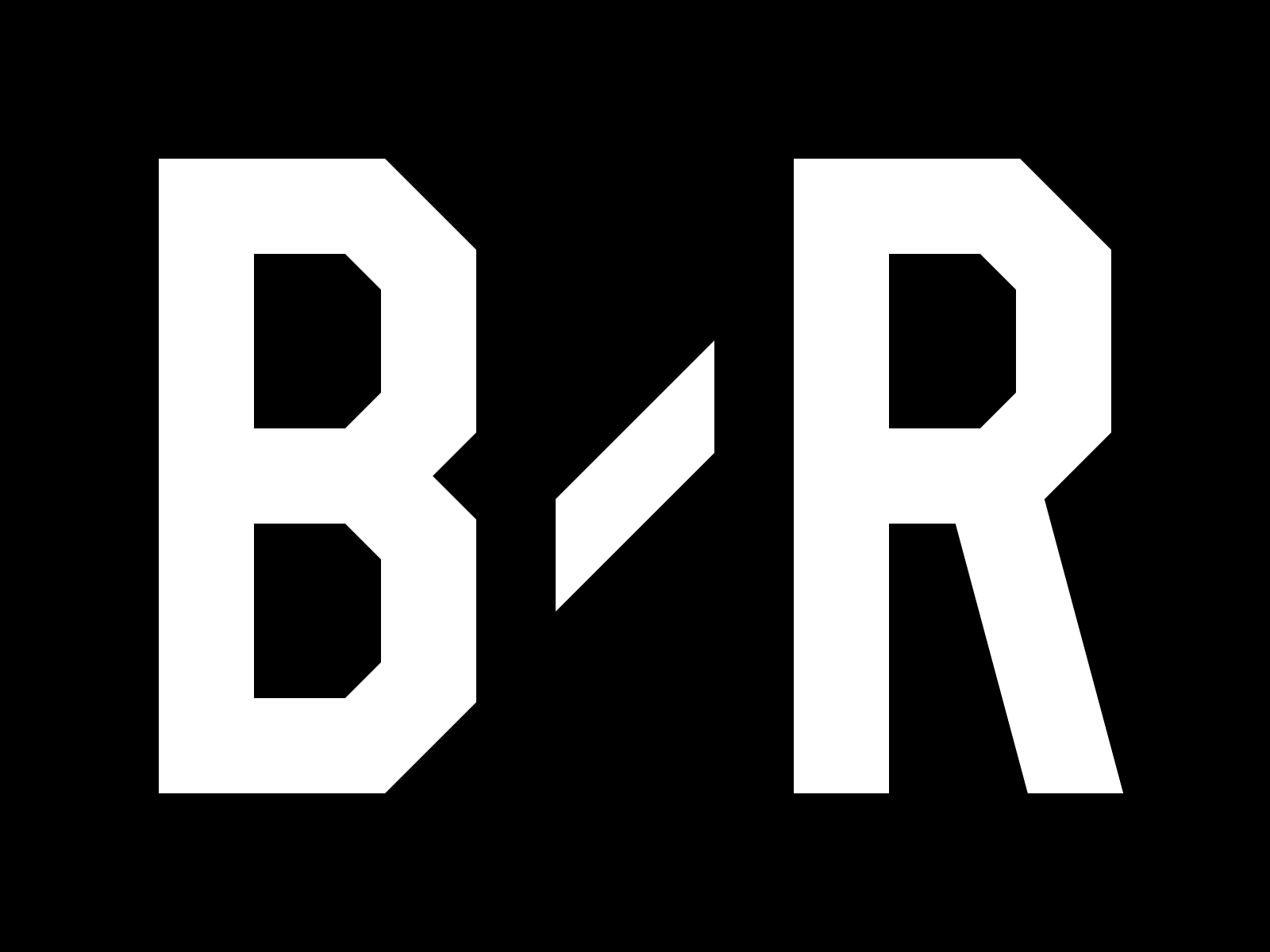Ever since the NFL was founded, training camp has been an integral part of the league.
Coaches and players use camp to accustom themselves with new team members and schematic changes. Rookies and inexperienced players value this time because they are given the opportunity to showcase their ability to the respective coaching staff. Veterans use the time to shake off all the offseason rust so they can get the juices flowing again for the season that lies ahead.
From the early 1920s until now, training camps have undoubtedly evolved. Some believe the most recent developments under the new collective bargaining agreement soften the game, while others feel stricter guidelines are important for the sake of player safety.
Long gone are the days of old-school-style training camps.
Two years ago, the NFL Players Association instilled very precise instructions on how head coaches have to run their training camp practices. Thanks to Aaron Wilson of The Baltimore Sun, we can examine the training camp guidelines that were recently sent to player union representatives.
On the first day of camp, teams are allowed to do three things: administer physicals to any player, spend time in meetings and carry out tests. There are absolutely no on-field activities allowed whatsoever except for running and conditioning tests.
By nature, the second day grants organizations more freedom; however, things are still limited to a certain extent. Players and coaches can take the field and perform non-contact drills, including gap drills, star drills, outside leverage drills and cutback drills. These drills focus on technique and repetition.
No pads and no contact means participants are in shorts and helmets. Like Day 2, Day 3 of training camp follows the same set of rules, and things don’t change at all until Day 4. From Day 4 through the end of training camp, teams are able to get into a groove and find a sense of normalcy.
Still, there are orders handed down from the NFLPA that must be followed.
Teams can conduct one padded practice per day and one walk-through. The padded practice can last no longer than three hours, and three hours has to pass before coaches can trot players back onto the field for the second practice of the day.
Depending on the organization, some head coaches prefer the walk-through in the morning and the padded practice in the afternoon. At the same time, other head coaches may elect to have the padded practice in the morning and the walk-through in the afternoon.
In total, the two practices can last no longer than four hours. Moreover, a padded practice that lasts for more than an hour cancels out the second practice. This, in turn, means the team is done for the day; they must then wait a full 24 hours until their practice time cycle starts over.
Additionally, the NFLPA says it’s mandatory that teams have one day off per week.
By the end of camp, head coaches must give their players at least five days off. Some coaches award more days off depending on the energy level and tempo of past practices. On extra days off, teams often take part in team-building activities like bowling or going to the movies.
That right there is by far the most micromanaged set of events the NFL has to offer. It’s safe to say training camp in the 1960s and 1970s looked nothing like that. Former players recalled training camp in those days as the hardest eight weeks of their lives.
Here’s what former Oakland Raiders running back Pete Banaszak told Peter Richmond, via Deadpsin.com, “[John] Madden worked the piss out of us in training camp.” That statement shouldn’t surprise anyone. Madden was known for his gruesome two-a-day practices that often lasted for hours on end.
Aside from that, Madden made the team practice at noon. Oakland’s training camp under the legendary head coach was held in Santa Rosa, Calif., and for those of you who don’t know the area, temperatures in July and August are well over 100 degrees at noon.
In today’s NFL, practicing in 100-degree weather would never fly, but it was fair game in the 1960s.
Madden wasn’t the only coach who put his players through the paces during training camp. Two-time Super Bowl champion head coach Don Shula was known to hold some of the nastiest training camps known to man.
When Shula coached the Baltimore Colts in the late 1950s, he would often dehydrate the players on purpose, according to All-Pro defensive end Ordell Braase, via Mike Klingaman of The Baltimore Sun. Braase added that Shula would never allow liquids on the field, and he wouldn’t even let the players chew ice. If he saw someone with ice in their mouth, he would go nuts.
His old adage was: “Forget your thirst until you’ve gotten in shape.”
Shula’s methodology to running training camp wasn’t sane, yet the players survived. According to Braase, “All through practice, you'd think, 'If I can make it to the locker room, I'll be OK.’” This thought alone helped them endure the grueling practices, and afterward the players would head out for ice-cold beers.
Days off during training camp simply didn’t exist; Shula would work players seven days a week until camp concluded. Injuries were the norm, and players practiced through them unless they couldn’t walk. One has to remember that there were no agents or multi-year guaranteed contracts back then.
Every year was a new challenge, and players had to compete for a spot on the team on an annual basis.
Without question, the whole outlook on training camp has changed. The turning point came in 2001 when Minnesota Vikings offensive tackle Korey Stringer suffered a heat stroke during camp, ultimately leading to his death.
His passing brought about structural changes across the league. Since then, the NFL has done a great job of encouraging players to consume water and Gatorade in team meetings and during meals. Barry Wilner of Kansas.com writes that some trainers ask players to observe their urine color. The color of a player’s urine is a good indicator of their hydration level.
In line with the new collective bargaining agreement, players are also encouraged to participate in something that is called a "cool-down process." A cooling-down process involves the removal of the helmet between drills, and the training staff will provide players with sponges and cold towels during practice.
As you can see, the landscape of NFL training camps has changed mightily in the last 30 years. Players are no longer dehydrated on purpose, every safety precaution imaginable is taken and players are monitored around the clock.
Ultimately, this is the correct way of handling things. Based on the recent changes, one has to applaud the steps the NFL has taken to guarantee a safe environment for all of the training camp participants.





Read 0 Comments
Download the app for comments Get the B/R app to join the conversation